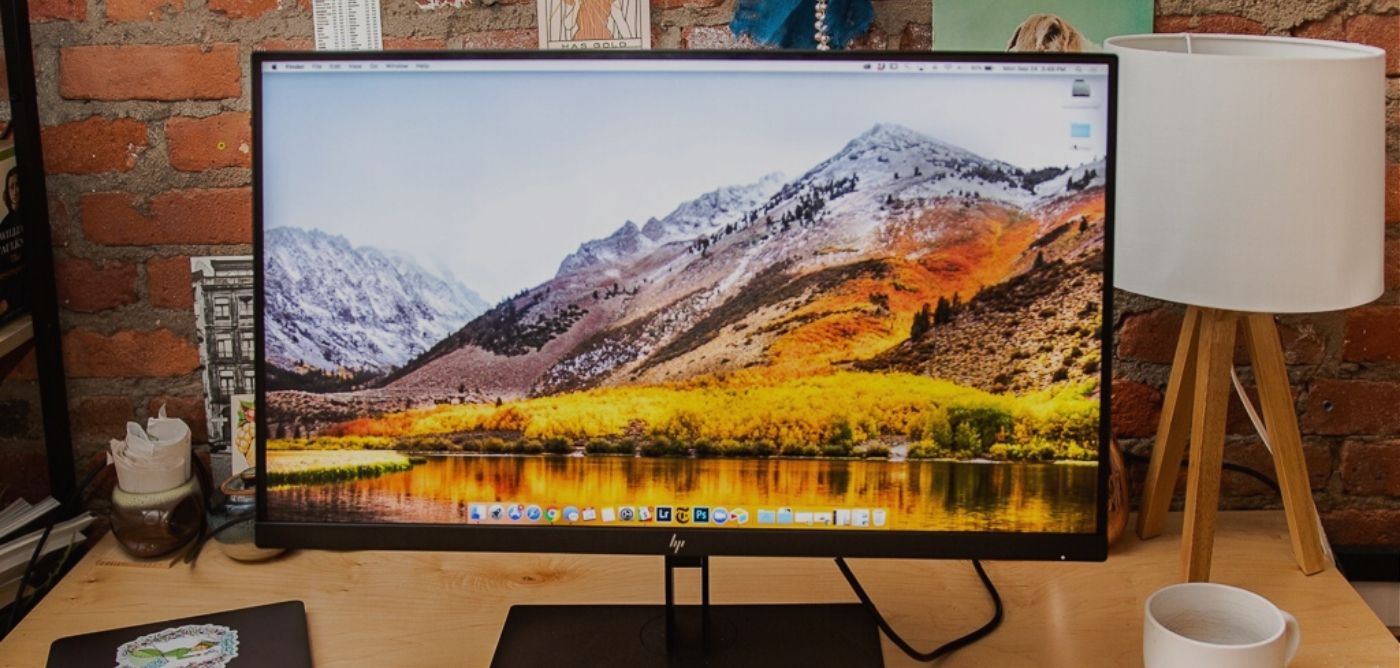With more and more content being available in 4K resolution each day, getting a 4K screen seems like an inevitable relocation. Higher resolution implies more information and much better image quality for your favorite TELEVISION programs, films, and video games along with more screen realty for your spreadsheets and web-surfing.
Whether getting a 4K display deserves it or not depends on what you’re generally doing on your computer system; do you play video games, are you a content creator, or do you simply want whatever to be crystal-clear and sharp? Whatever it is, we’ll help you decide.
What Does a 4K Monitor Offers?
The term “4K” refers to the next generational leap in display screen resolution beyond HD (likewise known as 1080p). While HD content is 1920 x 1080 pixels in size, 4K delivers four times as lots of pixels at 3840 x 2160.
4 times the pixels suggests four times the screen property, so the first big benefit of a 4K over a real HD display screen is space. You’ll have more room for windows, tabs, applications, and anything else you’re dealing with. There’s just one caveat, though, and that’s display scaling.
Things to Consider When Going 4K
Considering that a lot of 4K screens are 27 inches or larger, desk space is a necessity for anybody looking to make the dive. If you believe you can spare the room on your desk, do not forget about the screen stand.
You’ll also need to consider whether your computer system can drive a 4K monitor, especially if it’s a laptop computer. Ideally, you desire a discreet GPU, rather than an integrated one. This is specifically real if you mean to use multiple displays, or a laptop and external screen.
For general desktop work, web surfing, and other office tasks, many computer systems will be up to the task. If your device isn’t powerful enough, however, be prepared to utilize sub-4K resolutions for more extensive tasks, like playing video games or engaging with 3D things in apps like Photoshop.
You need to also think about the relationship in between cost and quality. It’s true that 4K panels are substantially cheaper than they utilized to be. However, there’s still a visible distinction between an inexpensive 4K and a more costly lower-resolution panel (like 1440p, also called 2K).
For instance, for an artist who values great color reproduction and high contrast ratios, a cheap 4K panel will not surpass a decently priced sub-4K panel in those areas. More affordable display screens frequently do not have overall brightness, have concerns with ghosting and latency, and a higher possibility of establishing (or shipping with) dead pixels.
Another concern to think about is if you would really take advantage of 4K. Do you require more screen property? If so, maybe a second monitor would provide more value for your cash. There are other alternatives, too, like ultrawide video gaming displays, which can supply a huge boost in performance.
Related Posts
- What Monitor For Photography - Best Monitors For Amateur Photographers And Image Editors
If you want to see all of the colors of your digital images that you…
- Gaming Monitor Response Time - Best 1080p 144Hz Gaming Monitors
Learn more: Asus TUF Gaming VG259Q MSI Optix MAG241C Acer redator XB273K MSI Optix MAG272C…
- Home Office Monitor Buying Guide - Finding Best Monitors For Working From Home
home office monitorbest home office monitorhome office monitor setupbest home office monitor setupbest home office…



